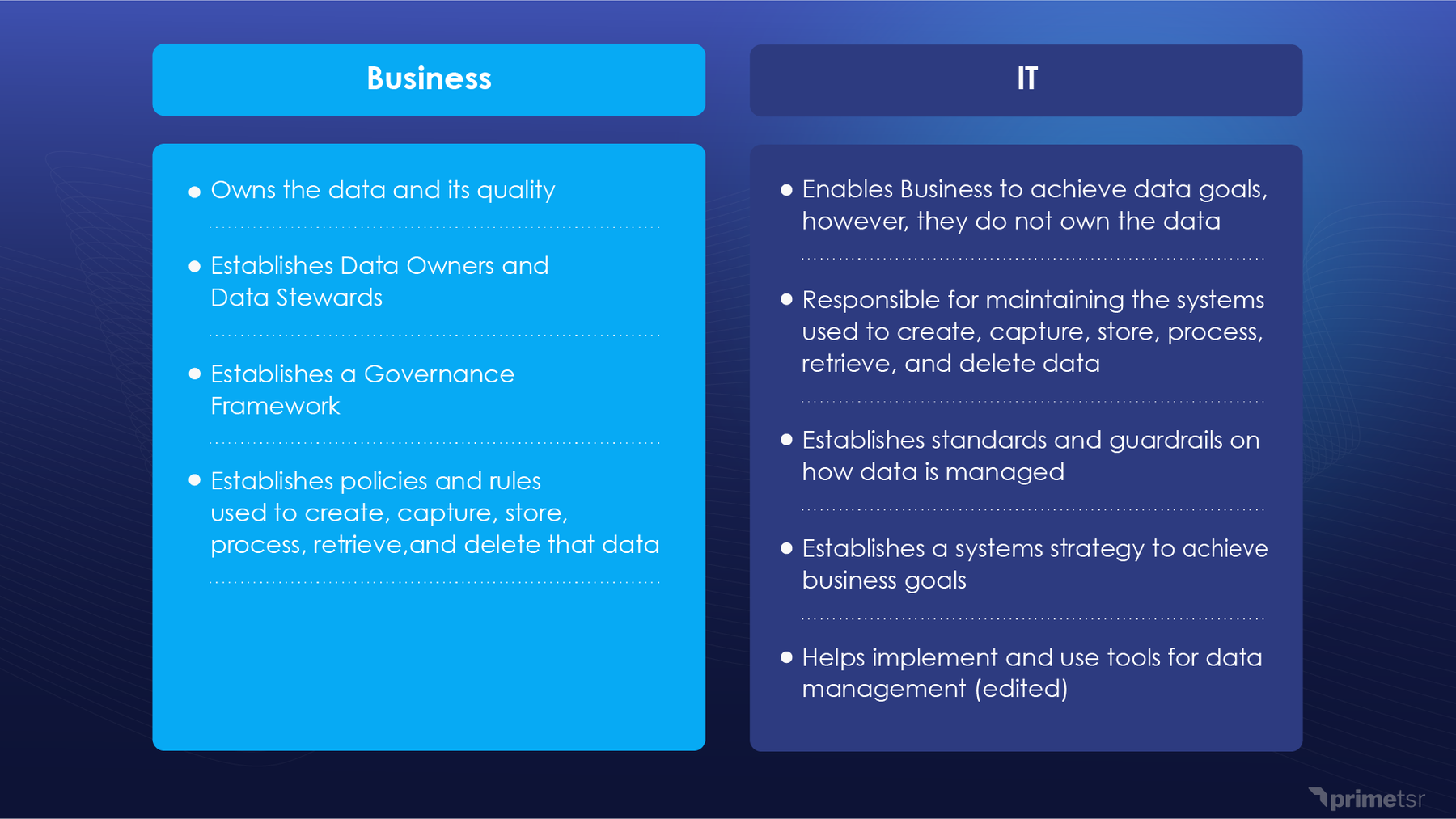I’ll be the first to admit, creating a data-driven culture within an organization is easier said than done. When done properly, yes, companies can use data to make better decisions with proper insights. But, the question is, why do companies not live up to the expectations they set for themselves when it comes to data strategy?
I have a theory on why this happens: the IT and Business teams struggle with executing a clear data strategy framework together. Business leadership has their ideas on what they want to achieve, and IT has their own ideas of how to achieve it. This causes short term disagreements and long-term lingering data issues that sometimes never get fixed.
Here’s a prime example from a previous project:
When IT and Business Have Different Ideas About How to Solve a Problem
A customer support system had significantly degraded performance, and reps struggled to do basic tasks. The business was impacted because this restricted their ability to serve their customers.
The business team filed a high-priority incident report with the IT team. The IT team was under a lot of pressure to fix it, and honestly, they were also getting a lot of the blame about what happened in the first place.
The issue, like most enterprise IT issues, wasn’t a simple one to fix. In this case, the system, based on business requirements, had to store 13 months of data that all needed to be accessed from the core systems. The sheer amount of data slowed down the systems and eventually started impacting production IT systems.
Here was the problem: as IT was not the OWNER of the data they couldn't ACT to just get rid of the data and fix the problem. They knew what they had to do to fix the issue right then and there, but couldn’t pull the trigger. The business team didn’t want to lose that data, so they also struggled to give direction to the IT team.






